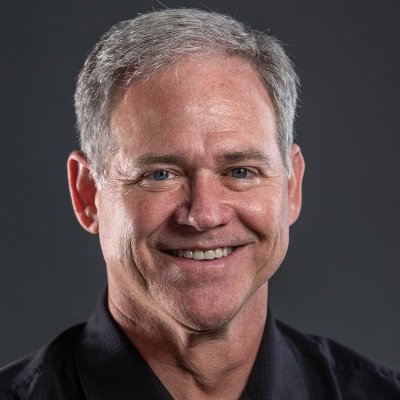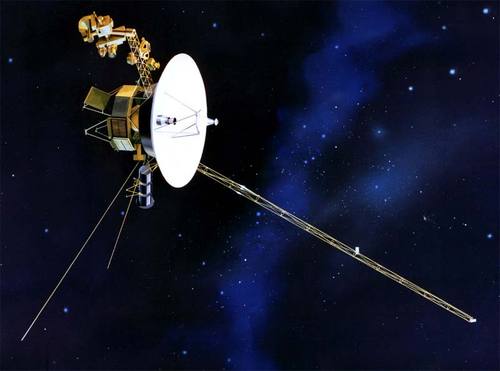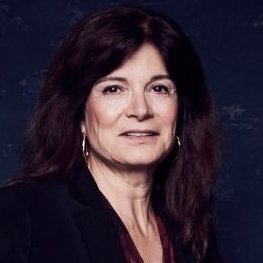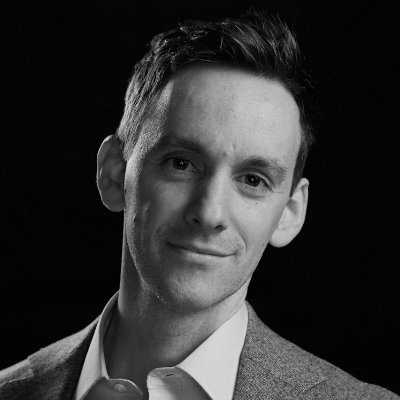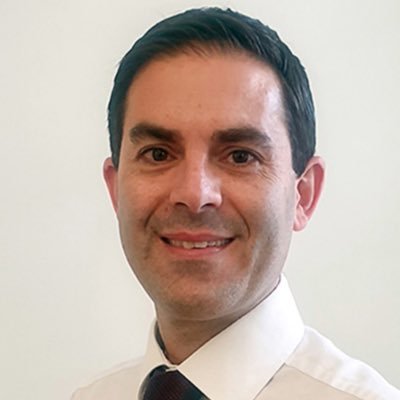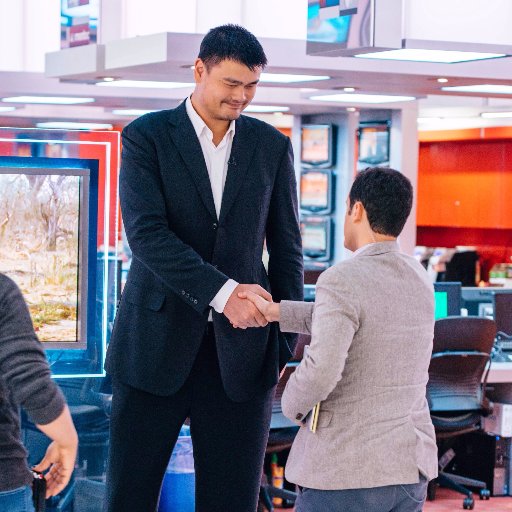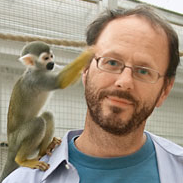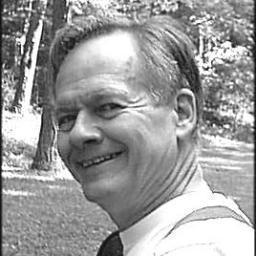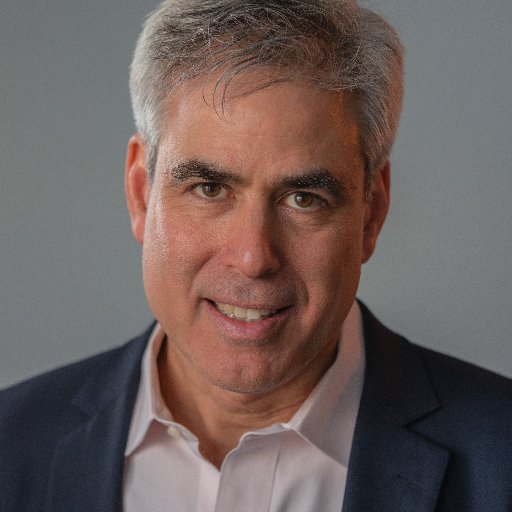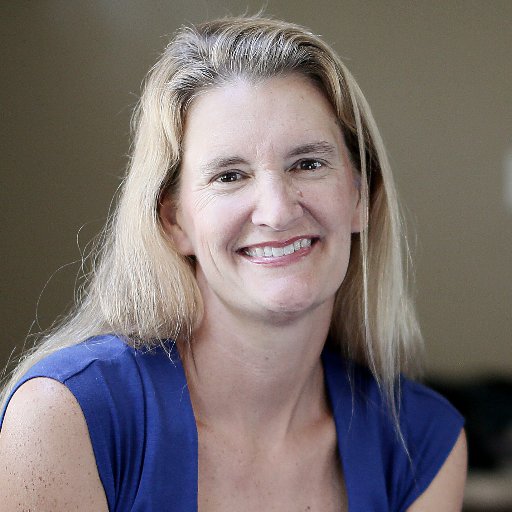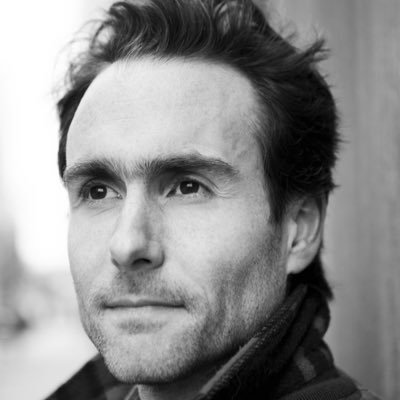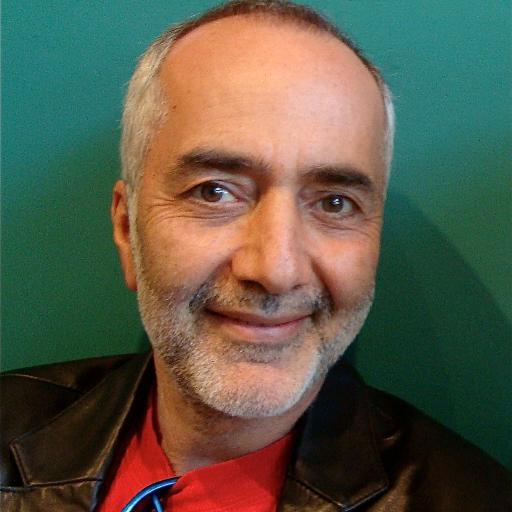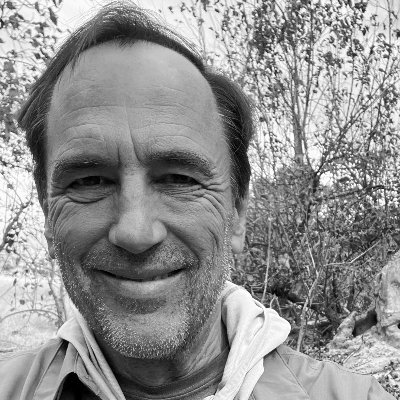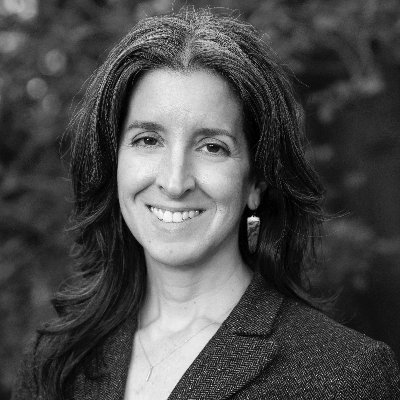
Big Picture Science
@BiPiSci
An independent weekly science radio show and podcast co-hosted by astronomer @SethShostak & journalist @mollycbentley | Linktree: http://bit.ly/3GAzFVo
You might like
We've had the technology to turn sunlight into electricity for a long time. But it's been a long journey to get to this moment where solar energy is giving fossil fuels a serious run for their money. bit.ly/4qN4QkV

Efforts to address global warming can often feel slow, but author and environmentalist @billmckibben says he is encouraged by one fast mover - the sudden, widespread rise of solar energy. This week, we consider the "Solar Good" bit.ly/4qN4QkV

The sun is the largest nuclear reactors we know. We now have momentum harnessing its power at scale. From Texas to Pakistan to China, hear how cheap solar is toppling fossil fuel with author @billmckibben bit.ly/4qN4QkV

Want good news on the climate front? The world is making immense strides in harnessing solar energy. Some of the leaders might surprise you (we see you, Texas!) This week, author @billmckibben on our sunnier future: bit.ly/4qN4QkV

A project has returned 40 acres of abandoned area to its original wetland. The bioretention ponds in the Sankofa Wetland Park in the Ninth Ward have already provided a buffer against Hurricane Ida. bit.ly/4lzfJmh

New Orleans author Nathaniel Rich on facing climate change clear-eyed, “Why don't we think about cities as having lifespans like people? What's this illusion that cities last forever? No city has lasted forever.” bit.ly/4lzfJmh

Journalist Boyce Upholt’s history, “The Great River: The Making and Unmaking of the Mississippi River,” describes what we're asking the levees to do when we build them to restrain a river that does not want to be restrained. bit.ly/4lzfJmh

The Mississippi River watershed drains water from 31 states. Journalist Boyce Upholt describes how the Big Muddy came to whip around across the country like an unchecked hose and how it earned that nickname. bit.ly/4lzfJmh

New Orleans resident and author Nathaniel Rich describes whether the land-building projects aiming to rebuilt the coastal wetlands are sufficient to protect a sinking New Orleans and disappearing Gulf Coast long term. bit.ly/4lzfJmh

The survival of the Big Easy depends on controlling a river that wants to be free. Can it keep up with the pressure that climate change is putting on this engineered system? Or is retreat the only viable option? bit.ly/4lzfJmh

“The Mississippi River will always have its own way; no engineering skill can persuade it to do otherwise,” said Mark Twain. We consider how efforts to control the river are shaping the Gulf Coast 20 years after Hurricane Katrina. bit.ly/4lzfJmh

Historian Andrew Horowitz describes why the canal levees in New Orleans collapsed dramatically during Hurricane Katrina, while the Mississippi River levees held firm. This week's episode is “Katrina and the River.” bit.ly/4lzfJmh

“New Orleanians who experienced the Katrina flood firsthand said… that when they got a taste of that flood water on their lips, it was salty,” says historian Andy Horowitz describing how the canal, not river, levees failed during Katrina. bit.ly/4lzfJmh

The future of the Big Easy depends on controlling a river that wants to be wild. Can engineering keep pace with climate change? The last in our series tied to the storm’s 20th anniversary: “Katrina and the River,” looks at the mighty Mississippi. bit.ly/4lzfJmh

A driver waits while watching a woodcock finish crossing the road.. 😂
The vulnerability of the Gulf Coast is relevant to coastal areas around the world as sea level rises and hurricanes become more intense. That is evident now in Jamaica, Haiti and Cuba, all dealt heavy blows by Hurricane Melissa.
The future of the Big Easy depends on controlling a river that wants to be wild. Can engineering keep pace with climate change? The last in the @bipisci series tied to the storm’s 20th anniversary: “Katrina and the River,” looks at the mighty Mississippi. Listen:…

Climate change may be outpacing our ability to deal with it using engineering. Our third episode tied to the 20th anniversary of the devastating hurricane, “Katrina and the River” looks at efforts to tame the mighty Mississippi. bit.ly/4lzfJmh

NOAA aerial imagery is coming in. Hurricane Melissa literally turned western Jamaica from green to brown. Vegetation damage is immense — recovery will take years.
Death! Decay! Maggots! Our latest episode is "The Decomposers". Happy Halloween! buff.ly/nqGC2k9

Plants need phosphates in order to grow. Since our bones contain high concentrations of phosphates, fertilizer used to come from macabre sources, including graves. Modern fertilizer is made with phosphate mining, which is causing environmental issues. buff.ly/nqGC2k9

United States Trends
- 1. #DWTS 44.7K posts
- 2. Northern Lights 20.5K posts
- 3. Justin Edwards 1,472 posts
- 4. #Aurora 4,292 posts
- 5. Andy 59.7K posts
- 6. Louisville 13.1K posts
- 7. Elaine 46.3K posts
- 8. #RHOSLC 5,266 posts
- 9. Robert 99.1K posts
- 10. Celtics 10.9K posts
- 11. Kentucky 23.1K posts
- 12. #WWENXT 14.5K posts
- 13. Lowe 11.9K posts
- 14. Dylan 30.8K posts
- 15. Whitney 8,706 posts
- 16. Oweh 1,514 posts
- 17. #OlandriaxHarpersBazaar 1,373 posts
- 18. Jordan Walsh N/A
- 19. Alix 9,072 posts
- 20. Kam Williams N/A
Something went wrong.
Something went wrong.
















